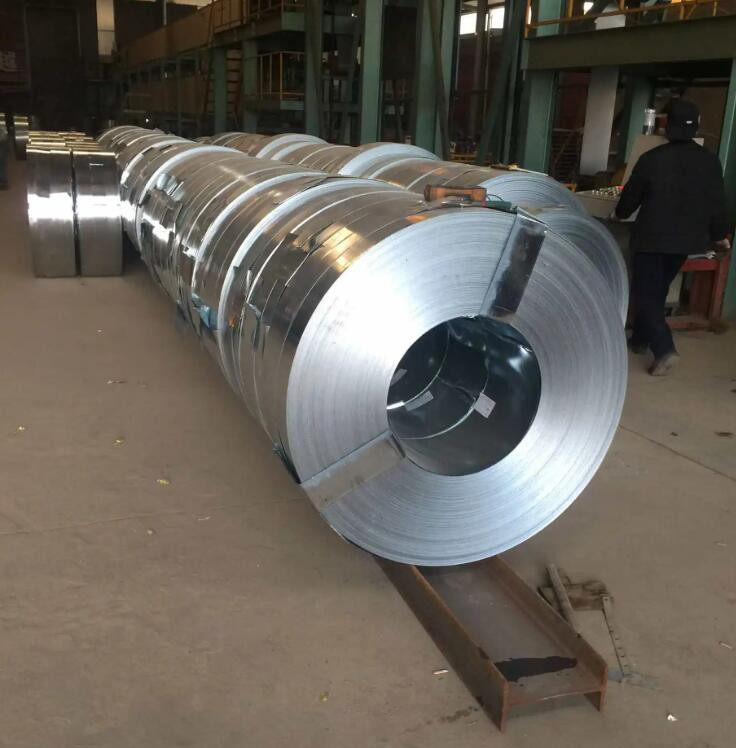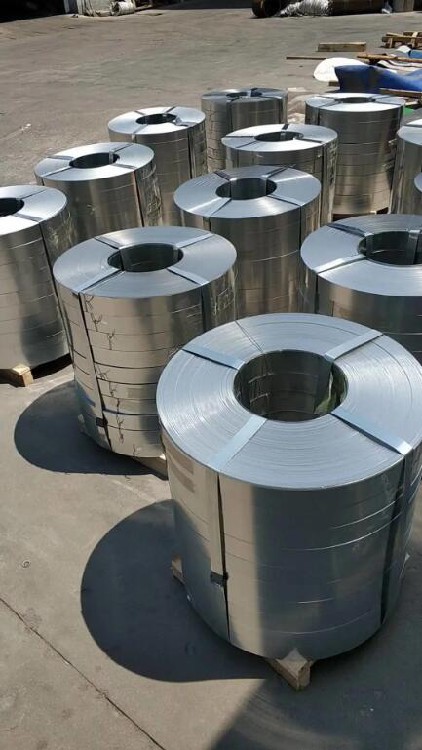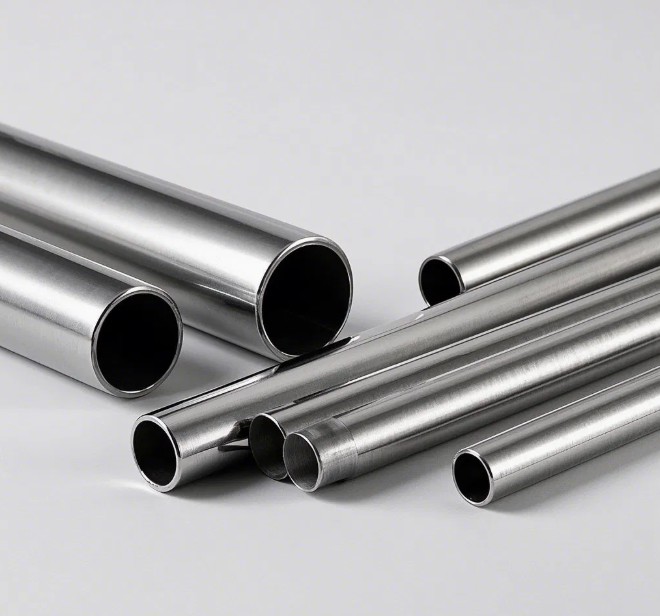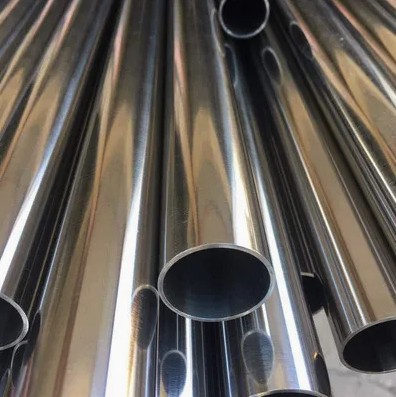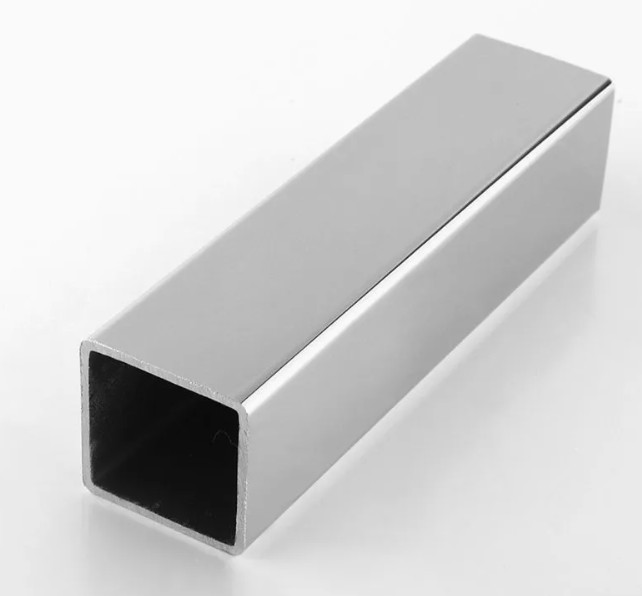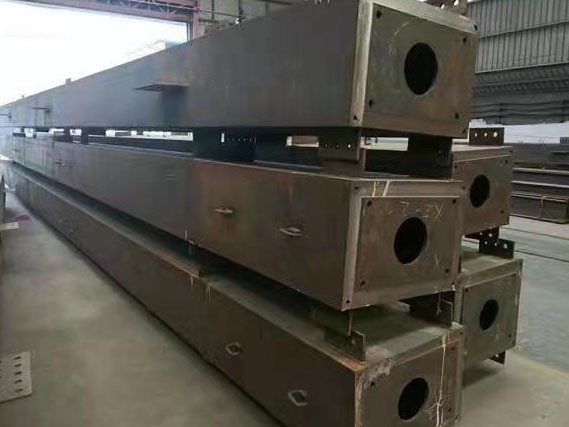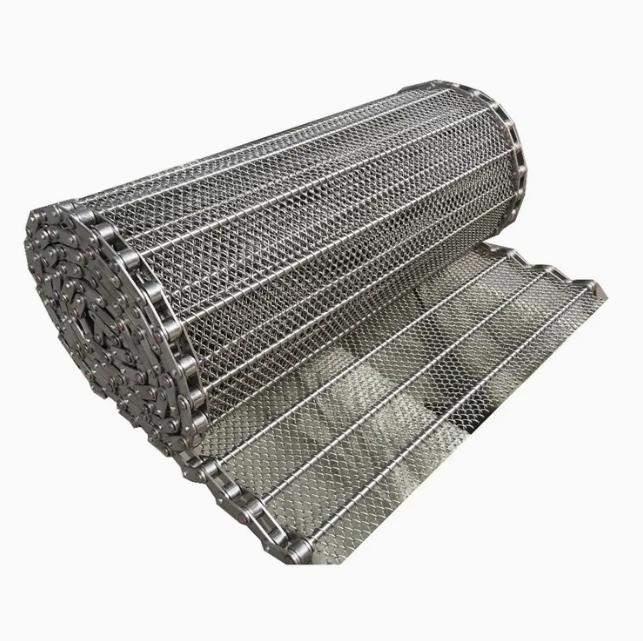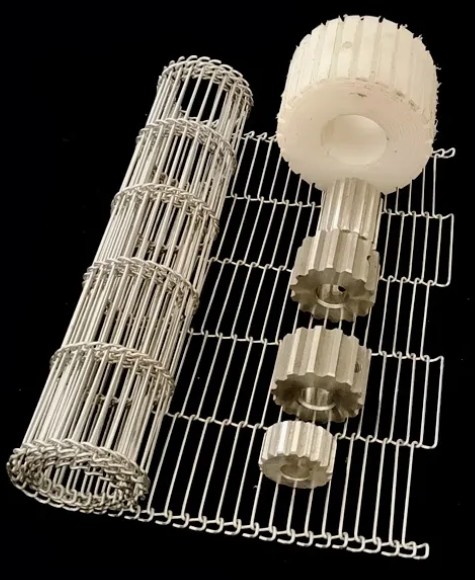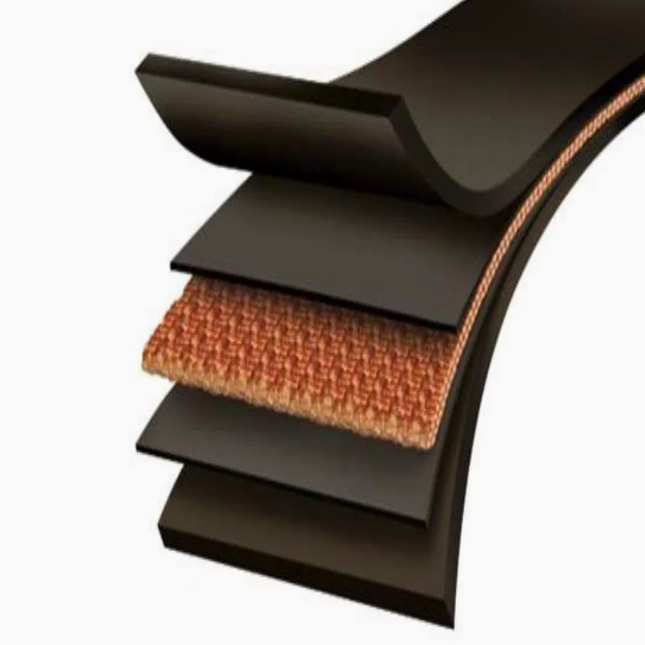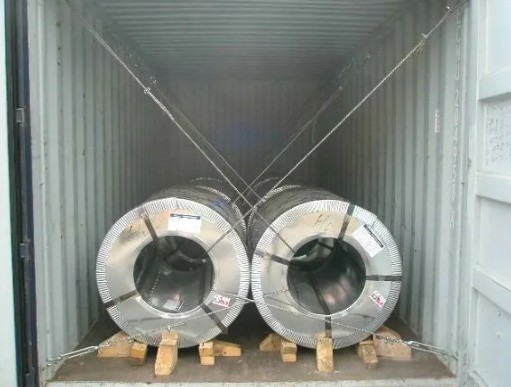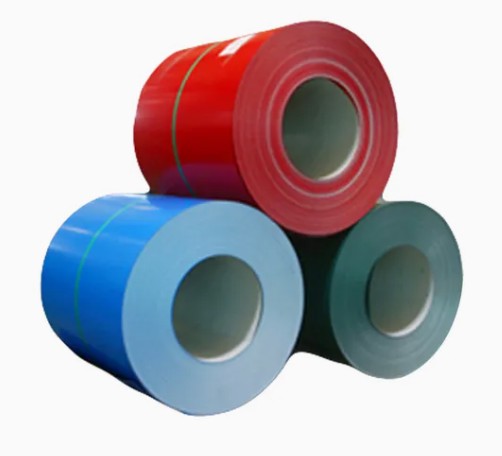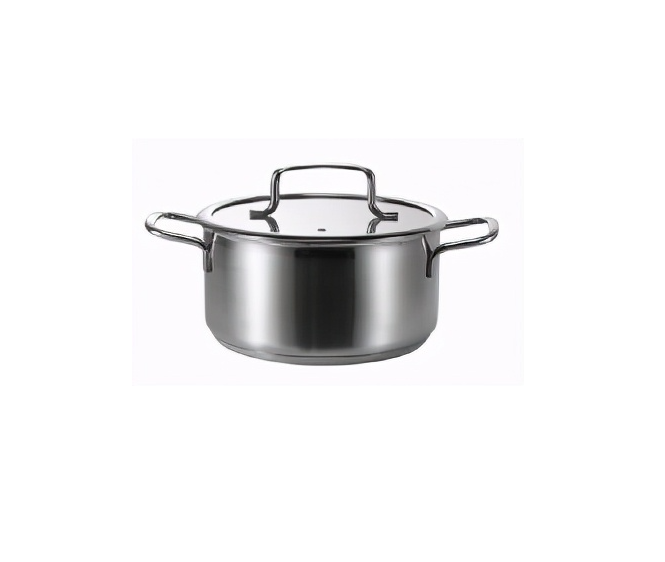Welcome!





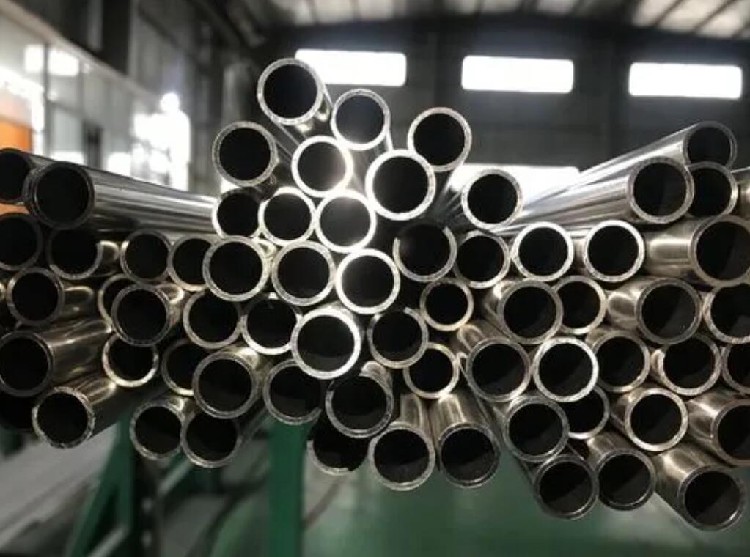

316 stainless steel seamless pipe
Product Description
316 stainless steel seamless pipe

316 stainless steel pipe is made of 18-8 type stainless steel containing 12-14% zinc and 2-3% molybdenum added to improve its corrosion resistance and corrosion resistance. It has good corrosion resistance and can be used for pipelines for various oilfield chemicals, as well as petrochemical, pharmaceutical, food, beverage and other industrial fields.
Product Specifications
316 stainless steel seamless pipe specifications include diameter, thickness, surface treatment and other parameters.
Diameter and thickness: 316 stainless steel seamless pipes have a wide range of diameters, ranging from φ1 to 1200mm, and thicknesses ranging from 0.15 to 12.0mm. Specific diameter and thickness specifications can be customized according to application requirements. For example, there are 316 stainless steel seamless pipes with a specification of Φ22*3.0mm, which are suitable for rail transit, architectural decoration, nuclear power and other fields. 316 stainless steel seamless pipes have various surface treatment methods, the most common of which is 2B surface treatment, which is suitable for a variety of application scenarios, such as rail transit, architectural decoration, etc.
The specifications of 316 stainless steel pipes are related to diameter and wall thickness. They are generally divided into seamless pipes and welded pipes, and seamless pipes are more common. The wall thickness and diameter of seamless pipes can be customized according to different usage requirements. Generally speaking, the specifications of 316 stainless steel pipes are 3 mm - 530 mm in diameter and 0.5 mm - 45 mm in wall thickness. Among them, 0.5-2 mm pipes belong to small-diameter seamless steel pipes, 2-30 mm pipes belong to medium-diameter seamless steel pipes, and >30 mm pipes belong to large-diameter seamless steel pipes.
Implementation standards
The implementation standards for 316 stainless steel seamless pipes mainly include GB/T 14976-2012 "Stainless steel seamless pipes for fluid transportation". This standard specifies in detail the specific requirements for the size, shape and weight, chemical composition, mechanical properties, process properties, surface quality and non-destructive testing of 316 stainless steel seamless pipes.
In terms of size, shape and weight, the outer diameter and wall thickness of the steel pipe should comply with the size series specified in the standard, and the allowable deviation of the outer diameter and the allowable deviation of the wall thickness are also clearly specified. The steel pipe is usually 3000mm - 12000mm in length. The fixed length and multiple length should be indicated in the contract, and the allowable deviation of the length has corresponding requirements.
In terms of chemical composition, the chemical composition requirements of 316 stainless steel include carbon (C) ≤ 0.08%, silicon (Si) ≤ 1.00%, manganese (Mn) ≤ 2.00%, phosphorus (P) ≤ 0.045%, sulfur (S) ≤ 0.030%, chromium (Cr) 16.00% - 18.00%, nickel (Ni) 10.00% - 14.00%, molybdenum (Mo) 2.00% - 3.00%, etc.
In terms of mechanical properties, the tensile strength of the steel pipe is ≥ 520MPa, the yield strength is ≥ 205MPa, and the elongation after fracture is ≥ 35%.
The process performance includes flattening test, expansion test, bending test, etc., which must meet the corresponding standard requirements.
In terms of surface quality, there shall be no defects such as cracks, folds, rolling, delamination and scarring on the inner and outer surfaces of the steel pipe.
In terms of non-destructive testing, according to the requirements of the purchaser, the steel pipe can be subjected to non-destructive testing such as eddy current testing and ultrasonic testing.

Maintenance and care
The maintenance and care of 316 stainless steel pipes are very important, mainly including the following aspects:
1. Pay attention to the damage of the anti-corrosion paint of the pipeline during installation
When installing 316 stainless steel pipes, be sure to pay attention to the damage of the anti-corrosion paint of the pipeline. During installation, be sure not to collide, rub and scratch the surface of the pipe to avoid rusting the pipe.
2. Cleaning
When cleaning 316 stainless steel pipes, be sure to use neutral and harmless detergents to prevent chemical precipitation on the surface of the pipe, which will cause corrosion of the pipe.
3. Mild doping
During transportation, due to long-term high temperature and humid environment, the surface of the stainless steel pipe is prone to mild rust. If it is not cleaned and maintained in time, mild rust may spread to the pipe wall and cause damage to the pipe. Therefore, we should regularly check whether there is corrosion in the stainless steel pipe, wash and maintain it in time to ensure the normal operation of the stainless steel pipe.
Recommended Products
Recently Viewed
Contact Us
Qingzhou Jianfu Gear Co., Ltd.



